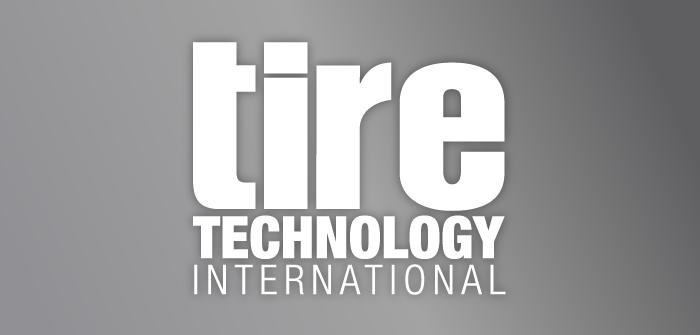 My recent reading of a short history of Australian railways made me pause to reflect on – believe it or not – the tire industry. Starting 150 years ago, the piecemeal development of a rail transport network across a sparsely-populated continent – almost comical in hindsight – undoubtedly created subsequent market conditions that now demand the very best in truck and bus tire durability. ‘How so?’ one may well ask.
My recent reading of a short history of Australian railways made me pause to reflect on – believe it or not – the tire industry. Starting 150 years ago, the piecemeal development of a rail transport network across a sparsely-populated continent – almost comical in hindsight – undoubtedly created subsequent market conditions that now demand the very best in truck and bus tire durability. ‘How so?’ one may well ask.
By 1860 – some 70 years after the formal commencement of European settlement in Australia – independent colonies had been established on what are now the sites of the main state capitals of Sydney, Melbourne, Brisbane, Adelaide and Perth. The closest of these are 770km apart, the furthest more than 4,500km. But the colonies were separated as much by ideology as by distance, and infrastructure co-operation between independent governments was rare for many years.
Local rail networks were constructed with nary a thought for connectivity, and at least three different gauges were employed. The hurdles to national trade became apparent as the economy developed, but it was not until as recent as June 1995 that these five cities were joined by a common gauge track. The attraction of road transport is not difficult to understand.
As a nation of great diversity in – and economic reliance upon – primary production, highways are vital infrastructure. But a low population base has made funding of high-quality roads difficult, and their maintenance even more so. Nonetheless, today more than one-third of long distance freight is carried by articulated vehicles travelling basically non-stop in ambient temperatures often exceeding 35°C, with tire loads around 3,250kg. It’s no wonder really that our roads are considered by the global auto industry as “nature’s own proving ground”.
The experiences of tire engineers in Australia are unparalleled. Manufacturing commenced around 1900, and the tyranny of distance plus relatively small market fostered an industry that was for many years independent and self-reliant. Market success required the design and development of unique tires that would meet the specific Australian operating demands, but without ready access to the full suite of design and development capability of their multinational parents. Ingenuity and resourcefulness were vital; technical staff were of necessity exposed to every relevant aspect of the industry – raw material evaluation and selection, detailed surveys of market conditions, product design and development, production techniques and quality assurance, failure root cause analysis and correction, user liaison/consultation; and field performance data analysis to name just a few.
The financial benefits of truck tire retreading are accentuated in a market such as Australia, and TBR manufacturers/importers invariably warrant casing product quality. Industry integration has not only provided opportunities for engineers and others to become heavily involved in this fascinating arm of the tire industry, but has provided a rich source of primary data on the durability levels and predominant failure modes of a very wide range of TBR products. Conducting hands-on inspections (destructively and otherwise) of hundreds of truck tires in various states of wear and degradation may not be glamorous but as a means of understanding the design and manufacturing factors contributing to tire durability, it is second-to-none.
In subsequent international industry experience I am yet to see an environment in which such ‘end-to-end’ tire engineering career involvement could reasonably be had. We can be thankful to our rail industry forefathers for something.
David Southwell is an independent consultant to the tire industry. He has more than thirty years’ experience working with automotive OEMs in design, development, production, quality, technical training, field performance and failure analysis roles with various tire manufacturers and retreaders in the Asia-Pacific region. Southwell’s expertise spans passenger car, light truck and truck and bus tires, and he holds a Masters degree in Engineering.



